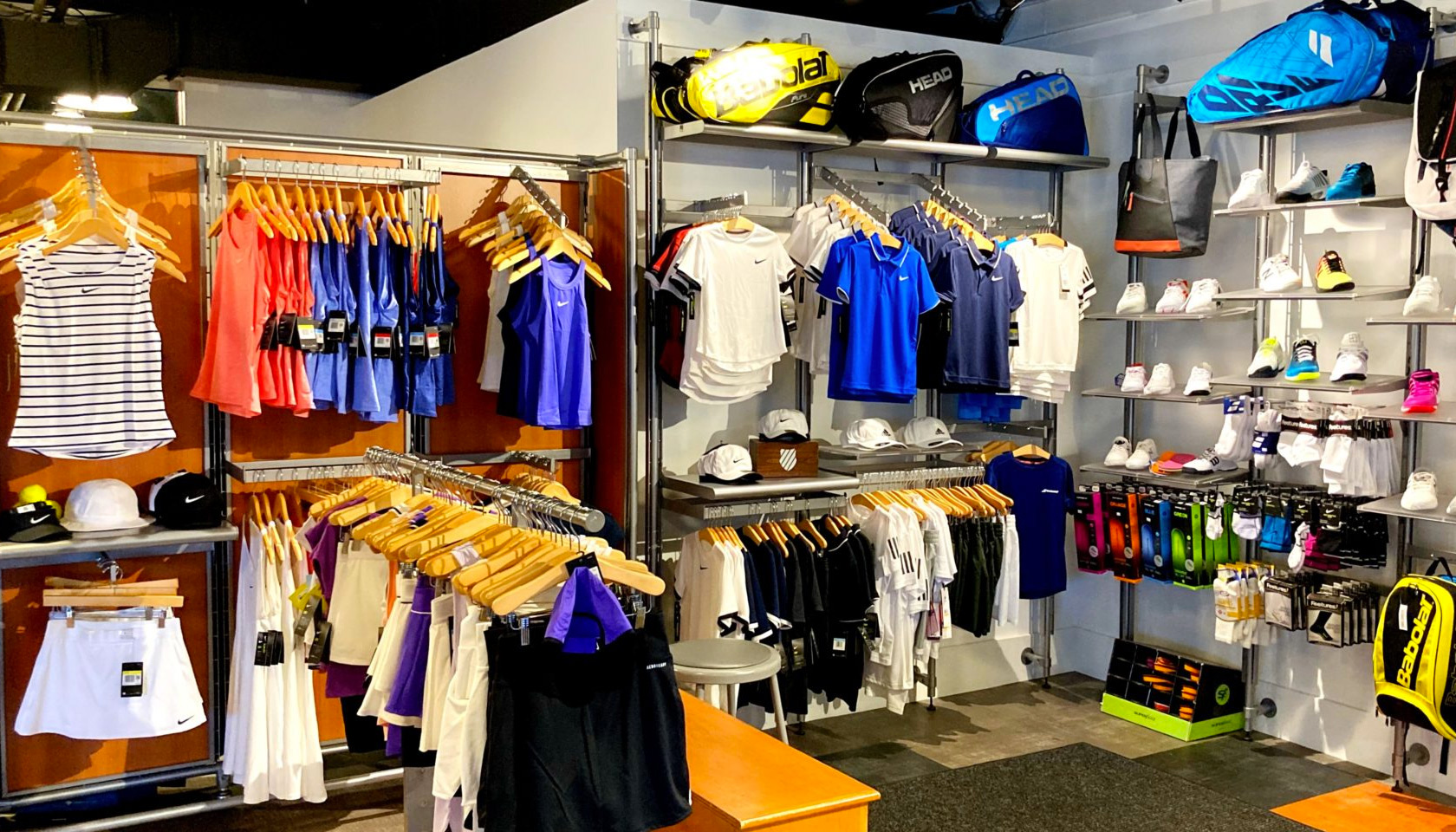Choosing a tennis racquet is far from as easy as picking the lightest one or the a single that looks the particular meanest. If if you’re seriously interested in getting some sort of serious tennis racket, there are physics involved and finally the best guidance is always to have the basic comprehension of typically the physics and also purchasing a racquet by somewhere that may let you demo many different kinds.
Learning how to pick a tennis racquet involves a number of features.
Physics-wise, the right racket for any participant will be the one that supplies the most ball speed for the very least level of effort. Momentum (mass times velocity) is exactly what counts found in the collision involving ball on racquet, not Force (mass times acceleration) or even Energy (1/2 mass times velocity squared).
Swingweight is how heavy a racquet feels launched swung. Swingweight increases as the racquet’s weight is distributed closer to the head, thus head-heavy and extra-long racquets will have a high swingweight in relation in order to stationary weight.
Shuttlecock determines a racquet’s resistance to turning (Torque) when the particular ball strikes typically the racquet off-center (a fairly common occurrence).
Widely used criteria regarding selecting racquets include nebulous terms many of these as ‘power’, ‘maneuverability’, and ‘control’. The word ‘power’ could consider the formulas regarding racquet bounce, swingweight, or work.
Control is difficult to be able to measure Рonce again, physics dictates strength and control are on two ends of an int̩gral: high power sama dengan low control and even vice versa.
Responsiveness is described by Wilmot H. McCutchen (racquet physics expert) to be “an obscure jumble of instant and swingweight”, plus that this division and definition varies from player to player.
McCutchen furthermore argues that based on this ambiguity, these terms means something different to different participants. Some players make use of ‘maneuverability’ as an additional name for ‘moment’. For them, a new maneuverable racquet is definitely positioned for quick shots such while volleys and results. Other players mistake ‘swingweight’ for ‘maneuverability’ and for them the maneuverable racquet is definitely one that is certainly simple to slap at tough shots. Due to this confusion, some players mistakenly charge high swingweight like a bad thing, if the problem is really high moment.
From the sporting great stores, tennis racquets are (mostly) broken down into three key categories:
Power – suitable for starters and middle intermediates.
Tweeners – suited for intermediate to advanced players.
Handle – ideal for advanced players.
Power racquets are very suited to players with reduced, weaker strokes. Run racquets tend to have larger brain and more strength. Power tennis racquets are also head-heavy or balanced. Inside other words, the head of the racquet is equal in order to (or heavier than) the weight with the handle.
Tweener racquets are lighter as compared to power racquets. Some are head heavy, other medication is balanced, and other people are head-light. That they are generally longer than power racquets – the extra length can be beneficial for groundstrokes.
Manage racquets have the lot of handle and added precision. They do certainly not have all the strength as either electrical power racquets or tweeners, but which is okay – players who else like control racquets can create their own power. Usually, control racquets experience smaller head sizes and increasing the weight.
